As mobile gaming expands, the field is encompassing more genres than just casual games and strategy titles. One of the massively successful genres on the PC in recent years has been the Multiplayer Online Battle Arena, or MOBA, exemplified by Riot Games’ League of Legends, which has driven the company to over $1 billion in annual revenue from a free-to-play game. That’s something to attract the attention of any game company, and the obvious questions occur: Can you have a successful MOBA on mobile Can you turn a mobile MOBA into a successful eSport
Super Evil Megacorp is hoping they have the answer to both questions with their mobile MOBA Vainglory, which debuted six months ago on iOS – after appearing onstage with Apple’s introductions of the iPhone 6 models. This week, at Apple’s WWDC, Vainglory received a design award from Apple: In Apple’s words: “Vainglory is selected as an Apple Design Award winner because it delivers beautiful, high-fidelity graphics and animations, offers an incredibly polished and immersive experience, and enables a fast-paced, endless multiplayer experience on iOS that’s all about the highs, lows, excitement, anticipation, friendships, and competition.”
Super Evil’s COO, game industry veteran Kristian Segerstrale, spoke exclusively with [a]listdaily about receiving the award, Vainglory, and the possible future of eSports on mobile.
Congratulations on getting the WWDC design award. What does that mean to you and your team?
Thank you very much. Of course, we’re very, very excited by it. It’s been really wonderful to see Apple’s commitment to core games on their platform in general.
There’s been plenty of news coming out from the WWDC. What’s most important of these new announcements, both for Vainglory and for mobile gaming in general?
Overall, aside from lots of little interesting tidbits, I think the macro story of Apple being so supportive of games in general is a big deal. That’s a combination of the game companies being awarded design awards, the fact that Metal is going to be available on MacOS, which is a big deal, and the fact that iOS 9 increased developer tools. We’re particularly excited about ReplayKit as a way of players sharing videos with each other. All of those things, to us, really communicate at the highest level the commitment of Apple to become a better and better gaming platform. We certainly feel very happy that Apple is embracing games in such a strong way and doing it, frankly, in such a thoughtful way. The things they are creating and releasing really make a big difference to developers.
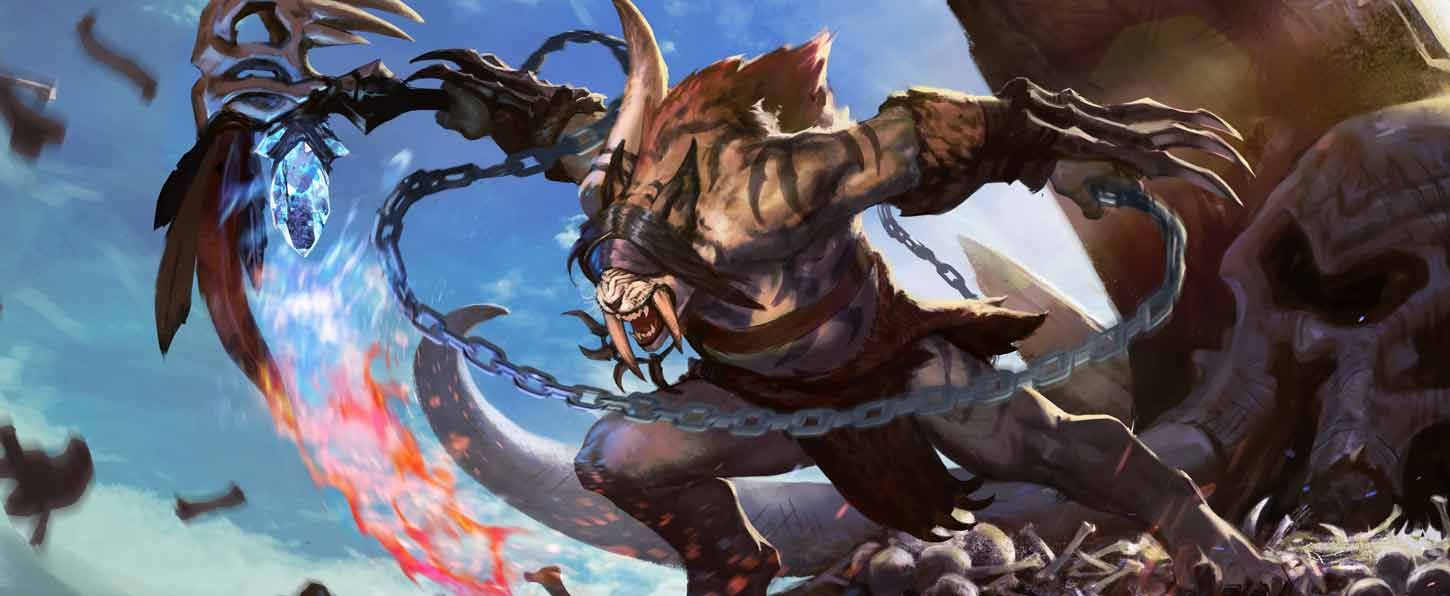
Vainglory has made considerable progress since you launched, both in terms of the game and the audience. What can you share with us about the progress of the game?
It’s had, in the past few months, some pretty incredible progress. Our core community continues to grow. In May we had more than 1.5 million Twitch views, which is three times the Twitch views that we had in February. We care about Twitch views a lot, because it shows not just whether people play the game, but whether we are succeeding in creating an entertainment experience which isn’t just a game, which is something that people play and watch and is a competitive scene. That’s been a wonderful testimony to that progress. Another thing that we’re very excited about is the average time spent per player has increased as well, despite the fact that the player base is growing. We’re now north of 80 minutes per player per day, which is pretty incredible in our view. It continues to show there is a growing community of players who consider touchscreens their primary devices, and play on touchscreens with the play patterns you’ve previously seen on PC and console.
Perhaps the most exciting evolution for us has been in the evolution of the competitive scene. Not just community organized tournaments, but ESL, the world’s largest independent eSports organization, started broadcasting the Vainglory cup series in Europe in mid-May, and those have been very successful. We just today announced the very first international invitational tournament, the Vainglory Worlds, which will take place in Seoul, Korea between the 11 and the 15 of July. That’s another very big deal for us. The competitive community has continued to exceed our expectations. We didn’t expect to have such a vibrant competitive scene around the game at this point.
What’s the potential for eSports for mobile games, and for Vainglory in particular?
We very much consider this to be early days, and we’re building Vainglory for years and years to come. We certainly never want to sound like we’re declaring that eSports for touchscreens is here. We continue to be so impressed by the growth of the organic competitive scene in the game, the fact that the community is self-organizing into teams. The fact that there are tournaments with such a large audience, both playing and watching the play on Twitch, is a big deal for us. That said, we’re still learning, and we expect that we’ll still learn through all these tournaments — this year is very much a learning year for us from an eSports perspective. The great thing about this community is they’ve been so incredibly helpful in evolving the competitive aspects of the game.
How important have influencers on YouTube and Twitch been to the growth of the Vainglory audience, and how have you helped that along?
Vitally important. We have not been spending any money on any kind of media or user acquisition that mobile games usually do. What we instead do is try and spend as much time helping key influencers in the community build their audience. Finding ways to promote them inside the game itself, finding ways to make sure that we can do whatever we can to give them ways to reward their viewers. Really working with that community to help make the product better as well as help them grow their audience. We think this has been critical to the growth of the player base and the very committed community.
The community seems like it’s been helping you with every aspect of the game, from the development to the marketing?
That’s absolutely right. What’s been so interesting for us has been that the previous generation of games, the casual and midcore games, the mantra was if you’re not in the top 50 grossing within a couple of weeks of launch you probably should pack up your things when it comes to that game and ook at what other games you should be making. We found that a game like Vainglory is so community driven you simply cannot acquire an engaged community overnight, you simply have to nurture it. There’s much more similarity to PC games and the growth of popular PC franchises, whether you think of a DotA2 or a League of Legends, than it resembles the growth curve of mobile titles. That is a really interesting, profound evolution that we think is going on in the touchscreen games market overall. We’re perhaps seeing the birth of a new generation of core titles which will look much more like PC in how they evolve over time.
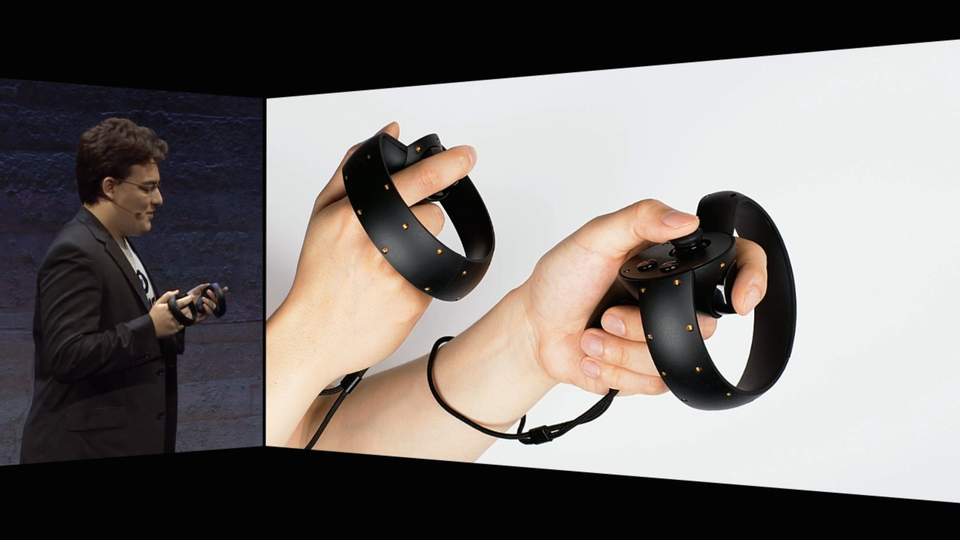
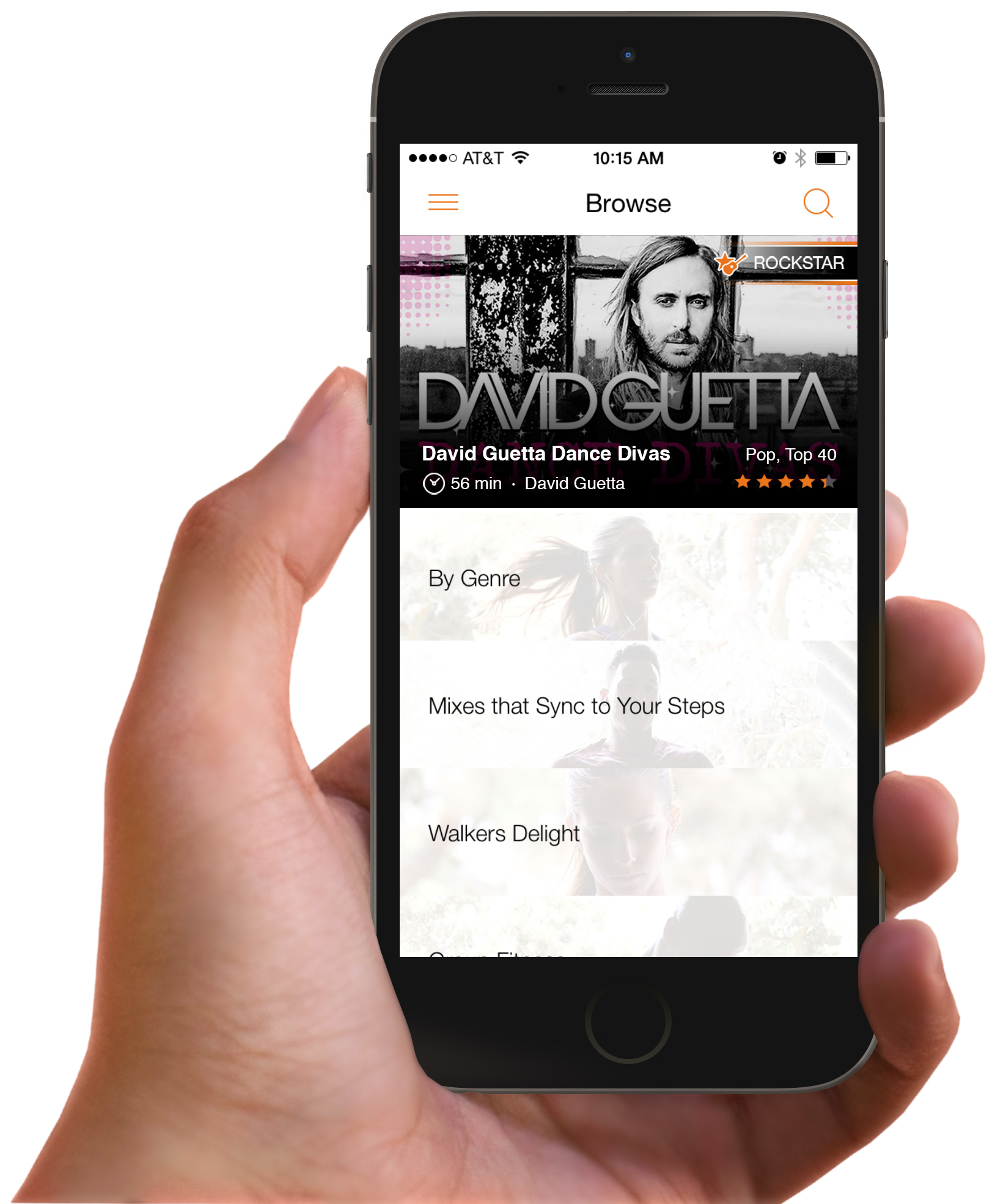



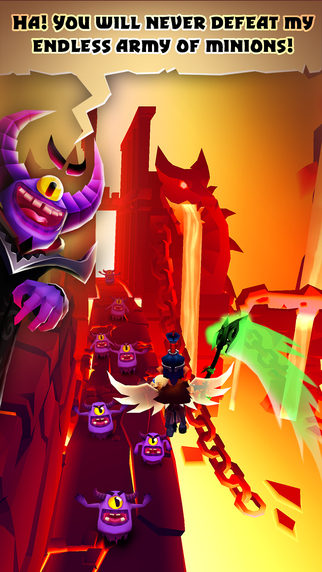
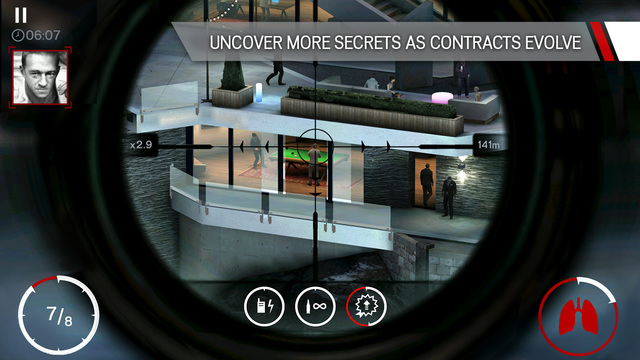
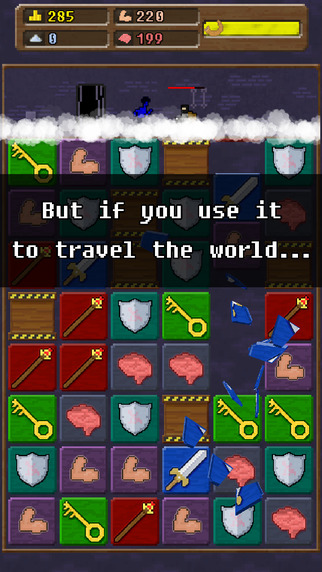
 Stephanie Llamas
Stephanie Llamas
 Andrew Sheppard
Andrew Sheppard
 Bill Mooney
Bill Mooney
